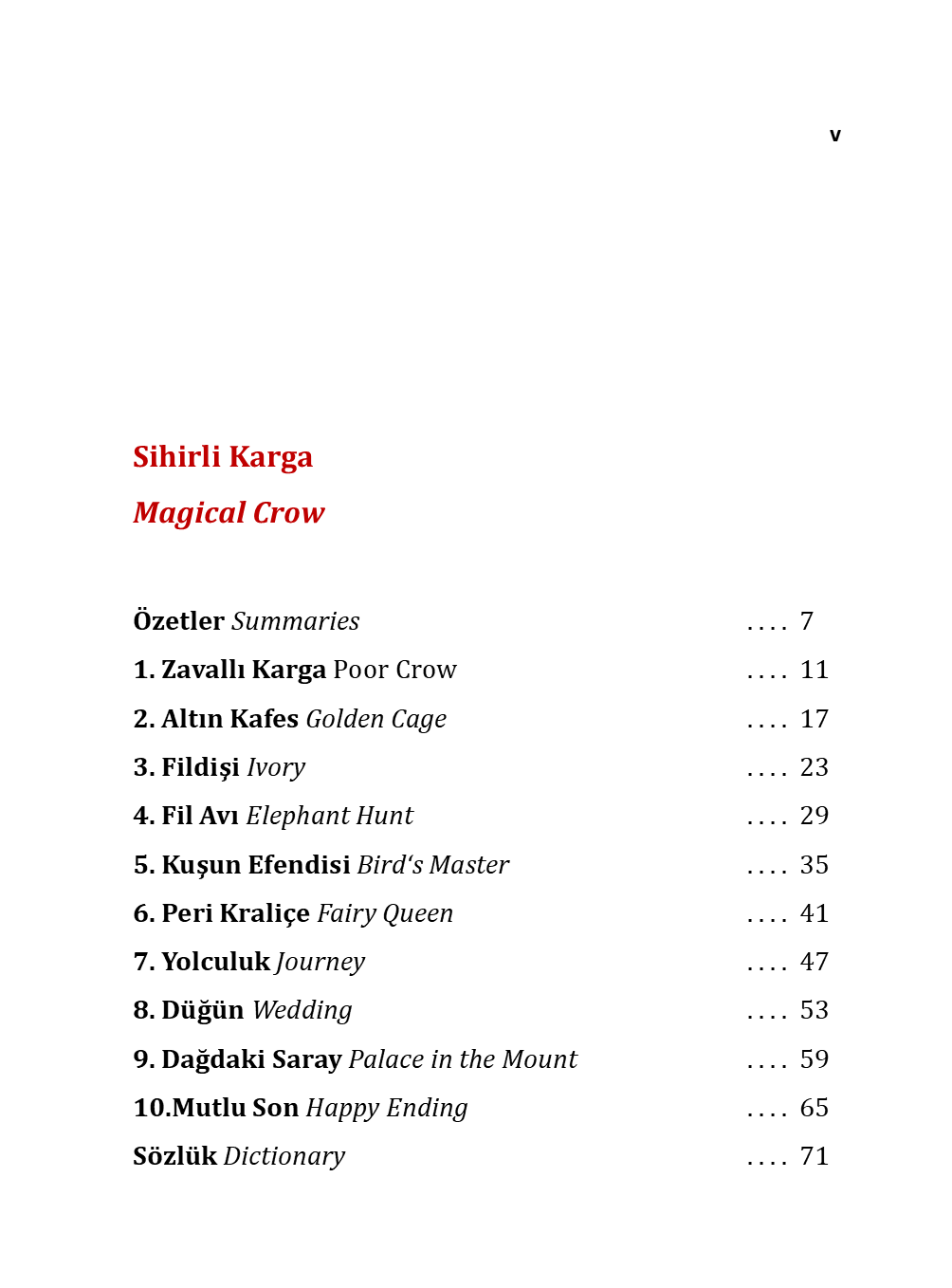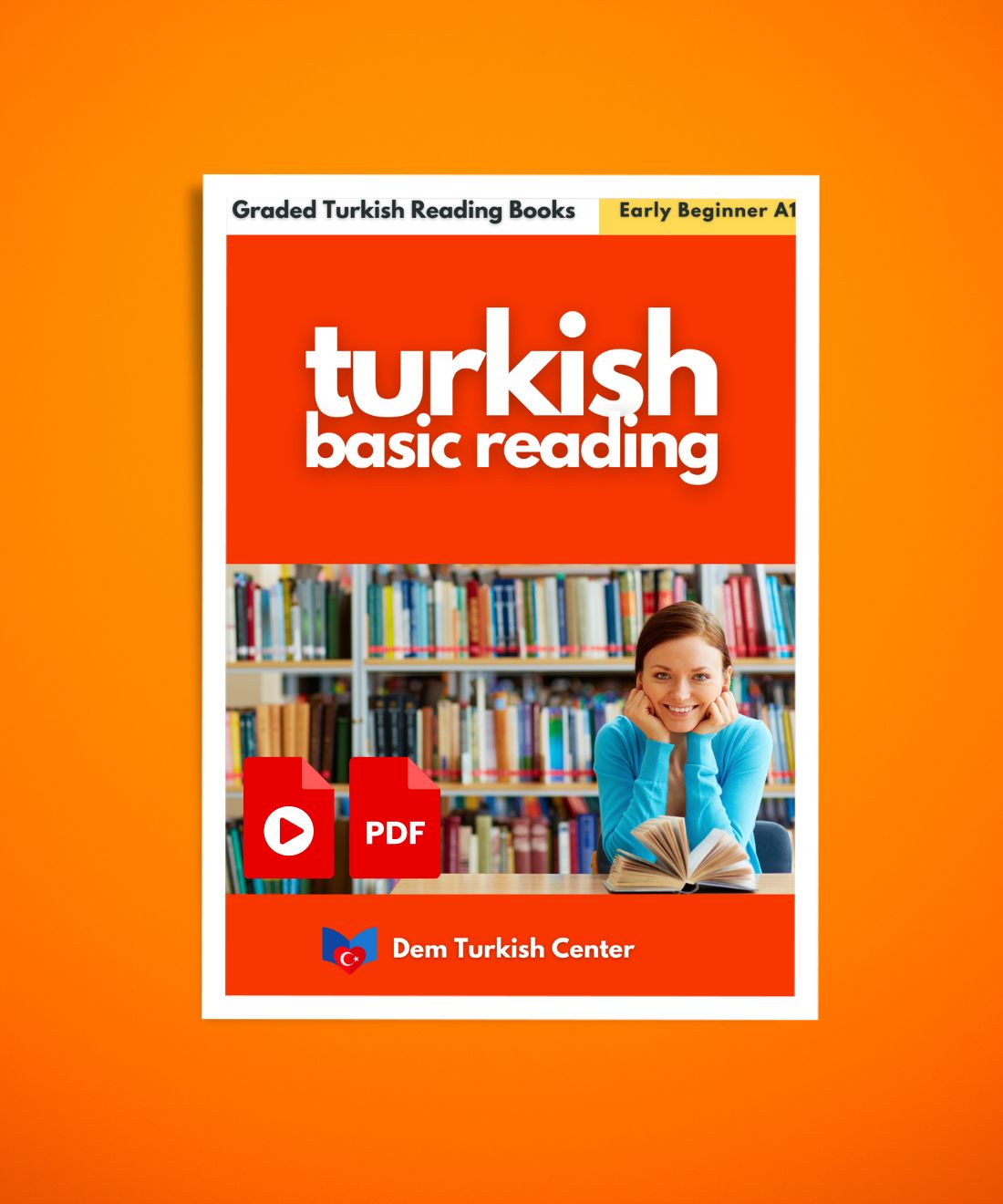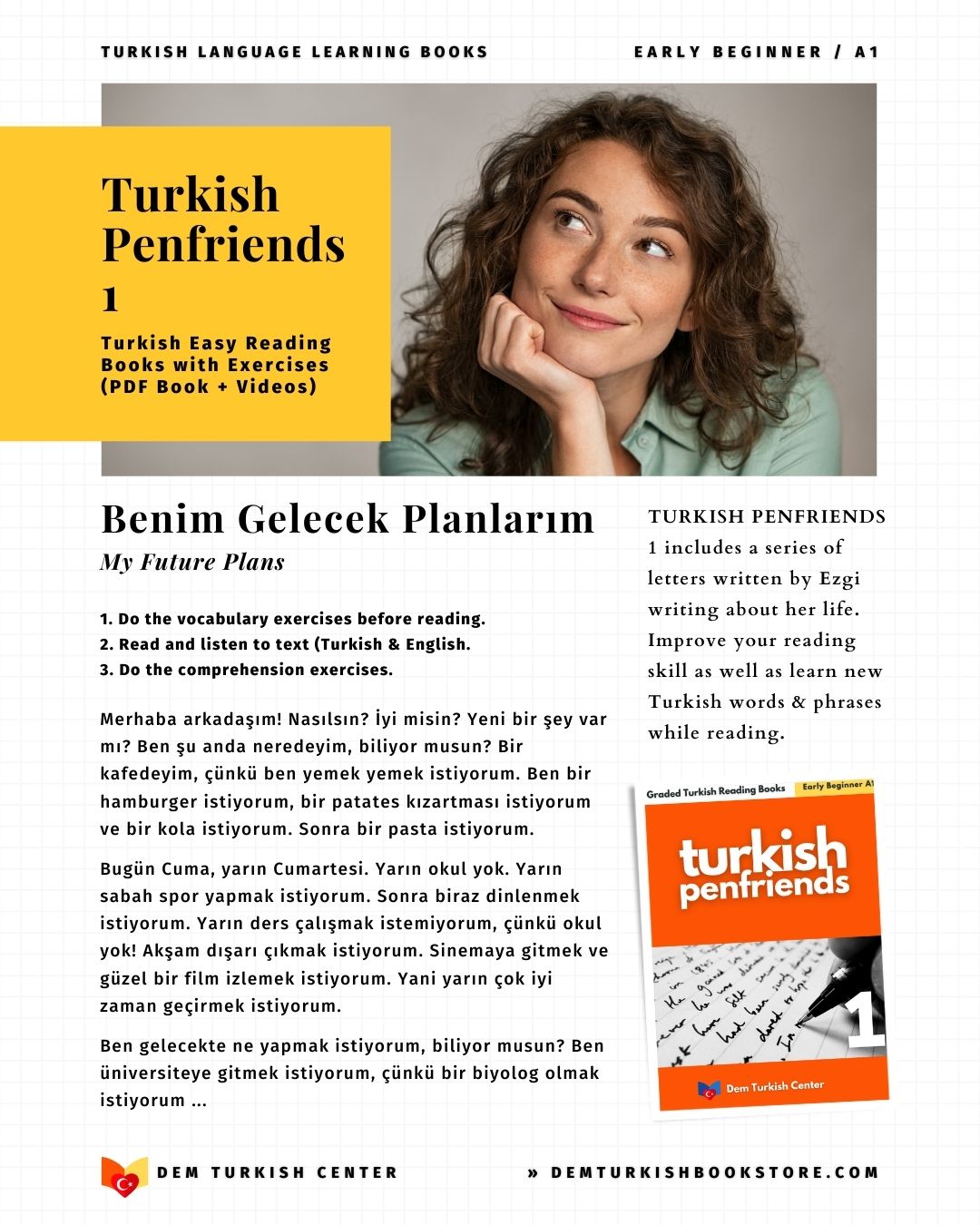
Traditional Turkish Music: The Rhythm Of Turkey (Podcast Interview)
Ever wondered what gives Turkish music its soul-stirring, unmistakable sound? It’s a world where mystical wind instruments meet the hypnotic rhythms of ancient poetry. In our latest episode, we journey beyond the surface to uncover the heart of this rich musical heritage.
We sit down with an oud master to decode the two grand pillars of Turkish tradition: the raw, storytelling power of Anatolian folk music and the complex, spiritual universe of Ottoman classical music. Discover the instruments that define the sound, from the melancholic bağlama to the spiritual ney flute, and explore how these traditions collided with rock and roll to create the legendary "Anatolian Rock" explosion.
Get ready to have your auditory map redrawn. This deep dive reveals why Turkish music continues to captivate listeners worldwide.
The Rhythm of Turkey: A Deep Dive into Traditional Turkish Music
Watch this video about "raditional Music Of Turkey With Wooden Instruments":
Listen to this podcast interview about "Traditional Turkish Music":
HOST Hello and welcome to The Sonic Atlas, the podcast where we explore the world through its sounds. I’m your host, Jamila Khan. Today, we’re embarking on a journey to a land that straddles two continents, a place where the ancient and the modern intertwine in a vibrant cultural tapestry. We’re talking about Turkey.
But we're not here for the kebabs or the breathtaking landscapes—as wonderful as they are. We’re here for the music. The sound that has echoed through caravanserais, echoed in Byzantine churches, pulsed in Ottoman palaces, and now thrives in contemporary concert halls and neighborhood cafes. We’re taking a deep, immersive dive into traditional Turkish music.
To guide us on this journey, I am thrilled to be joined by Dr. Alp Denizoglu. Dr. Denizoglu is an ethnomusicologist, a master of the "oud", and a professor at the Istanbul Technical University's Center for Advanced Studies in Music, one of the world's premier institutions for Turkish music. Welcome to The Sonic Atlas, Dr. Denizoglu!
GUEST Thank you so much for having me, Jamila. It’s a pleasure to be here and to share the incredible richness of my country’s musical heritage with your listeners.
HOST The pleasure is all ours. Before we dive into the specifics, let's set the scene. When we say "traditional Turkish music," what are we really talking about? It seems like a vast and complex universe.
GUEST It is vast, and that’s the perfect starting point. We have to make a fundamental distinction right at the beginning. There are two grand, overarching traditions that have coexisted and influenced each other for centuries. The first is Turkish Folk Music (Türk Halk Müziği). This is the music of the people, of the villages, the rural heartland of Anatolia. It’s deeply regional, storytelling music, often tied to the land, love, loss, and epic tales. It’s raw, emotional, and direct.
The second is Turkish Classical Music—what we call "Klasik Türk Müziği" or "Osmanlı Türk Müziği" (Ottoman Turkish Music). This is the sophisticated, urban, courtly tradition that developed primarily in Istanbul and other major Ottoman cities. It’s a highly theoretical and complex system, the music of the palace, the Sufi lodges, and the elite. Think of it as the difference between a rustic, homemade village bread and an elaborate, multi-layered Baklava prepared for a sultan. Both are quintessentially Turkish, but they come from different worlds.
HOST That’s a fantastic analogy. Let's start with the "village bread"—the Folk Music. What are the core instruments that give this music its distinctive voice?
GUEST The soul of Anatolian folk music is arguably the bağlama, or as it's sometimes known, the saz. It’s a long-necked lute with a pear-shaped body, typically with seven strings divided into three courses. Its sound is melancholic yet piercing, perfect for accompanying the poet-singers, the aşıks.
GUEST The aşık is a key figure. They are wandering bards, troubadours who travel from village to village, singing epic poems, love stories, and social commentaries, often improvising verses on the spot. Their instrument is their voice and their "bağlama".
Then you have the kemençe of the Black Sea region, a small, three-stringed fiddle held upright on the knee. Its music is incredibly energetic and rhythmic, perfect for the wild, lively dance known as the horon.
And of course, wind instruments like the zurna, a double-reed instrument that is loud, piercing, and impossible to ignore—often played at weddings and celebrations outdoors, almost always paired with the davul, a large double-headed drum. The zurna and davul are the sound of a Turkish village festival.
HOST And the stories these "aşıks" tell, the lyrics—what are the common themes that run through this folk tradition?
GUEST The poetry is everything. It deals with universal human themes, but through a very specific Anatolian lens. There is immense love, often unrequited. There is the pain of separation, of migration. There are epic tales of heroes and outlaws. There is a deep, almost spiritual connection to nature—to mountains, rivers, and the seasons. And very importantly, there is a strong thread of social justice. Many folk songs subtly, or not so subtly, critique feudal lords, unfair taxes, or the hardships of peasant life. It was the news network and the cultural archive of the common people.
HOST Now, let's transition to the "sultan's baklava"—the Classical tradition. This is where things get theoretically dense, and I’d love for you to demystify it for us. At the heart of this system is the concept of the "Makam". What is a Makam?
GUEST Ah, the Makam. This is the cornerstone. If Western music is built on scales—major and minor—Ottoman Turkish music is built on "makams". But a makam is so much more than a scale. It is a complex system of rules that governs the relationships between notes, the patterns of melodic progression, the starting and ending notes, and crucially, the emotional or spiritual character of the piece.
Each makam is meant to evoke a specific mood, a "hâl", in the listener. For example, the Makam Hüseyni is said to evoke a feeling of serenity, comfort, and mild joy. The Makam Hicaz, on the other hand, is deeply poignant, yearning, and passionate—it’s one of the most recognizable and emotionally charged makams.
HOST That contrast is palpable even to an untrained ear. The Hicaz has an almost "bluesy" feel to it.
GUEST Exactly! Many people draw that parallel. It touches a nerve of deep-seated emotion. There are hundreds of makams, some used very frequently, others more rare and archaic. A composer doesn't just "write a song in C major," they compose a "şarkı" (song) or an instrumental piece "in Makam Rast", or "Makam Nihavend", and that decision dictates the entire emotional landscape of the work.
HOST And the rhythmic counterpart to the Makam is the "Usul". Can you explain what that is?
GUEST Of course. If Makam is the melodic soul, Usul is the structural backbone, the rhythmic cycle. But again, it's more than just a time signature. An usul is a specific, cyclical pattern of strong and weak beats, often played on the darbuka (the goblet drum you often see) or the kudüm (a small, double drum used in classical ensembles and Sufi ceremonies).
These cycles can be short, like the Düyek, a common 8/8 pattern. Or they can be incredibly long and complex, like the Devr-i Kebir, which is 28 beats long, or even longer. The musician must internalize this cycle, feel its internal accents and phrasing, because the entire composition is built upon this architectural rhythmic foundation.
HOST So the musicians are not just reading notes on a page; they are navigating a complex, pre-composed rhythmic architecture.
GUEST Precisely. It requires a different kind of musical literacy and intuition.
HOST Let's talk about the instruments that bring this classical world to life. The ones I’m most curious about are the ones that have become symbols of Turkish sound worldwide.
GUEST The quintessential instrument of Turkish classical music is the tanbur. It's a long-necked, fretted lute with a very round, thin body. It has a delicate, ethereal sound, and it's the primary instrument for demonstrating the fine nuances and microtonal pitches of the makam system. Its frets are tied and movable, allowing for the precise tuning of those subtle intervals that Western equal temperament cannot capture.
Then, we have the ney. This is not just a simple reed flute. It is the symbol of Sufi mysticism, particularly of the Mevlevi Order, the Whirling Dervishes. Its sound is breathy, melancholic, and profoundly spiritual. It is said that the sound of the ney represents the sigh of the human soul separated from the divine, longing to return.
GUEST And of course, my own instrument, the oud ("ud" in Turkish). It's a short-necked, fretless lute, the ancestor of the European lute. It's the king of the Middle Eastern and Turkish ensemble, valued for its warm, deep, resonant tone and its incredible flexibility for both rhythm and complex melody. Being fretless, it allows for the smooth gliding between the microtonal notes of the makams.
HOST You mentioned the Whirling Dervishes and the ney. This brings us to a crucial and beautiful dimension of Turkish music: its deep connection to Sufism, to Islamic mysticism. Can you elaborate on that?
GUEST This is perhaps the most profound layer. Music in the Sufi tradition is not entertainment; it is a vehicle for spiritual transcendence, a form of worship. The ceremony of the Mevlevi Order, the Sema, is a perfect synthesis of music, poetry, movement, and prayer.
The music for the Sema is a specific suite called the Ayin-i Şerif. It is a monumental composition in four movements, each corresponding to a section of the ritual. It is performed by a vocal ensemble and an instrumental group featuring the ney, tanbur, oud, kemençe, and the kudüm drums. The entire composition is in a single makam, and the rhythm follows a specific, powerful usul that guides the dervishes in their turning.
The goal is to induce a state of spiritual ecstasy, to quiet the ego and connect with the divine. The ney's lament, the repetitive, hypnotic rhythm of the kudüm, the soaring voices singing the poetry of Rumi—all of it is designed to transport the participant, both the dervish and the listener, to a higher state of consciousness.
HOST It’s music as a direct path to the divine. That’s a powerful contrast to how we often consume music in the modern world.
GUEST Absolutely. In that context, the musician is not a performer but a conduit.
HOST Welcome back to The Sonic Atlas. I'm talking with Dr. Alp Denizoglu about the rich world of traditional Turkish music.
We've covered the two great pillars: Folk and Classical. But cultures aren't static. They mix, they evolve, they influence each other. How did these two seemingly separate worlds interact?
GUEST This is a fascinating history. For centuries, they were quite separate. The palace looked down on folk music as rustic and simple, while the folk musicians saw the classical tradition as elitist and inaccessible. However, with the fall of the Ottoman Empire and the establishment of the Turkish Republic in 1923, everything changed.
The new republic, under Mustafa Kemal Atatürk, was aggressively modernist and secular. It sought to create a new, unified Turkish national identity. In this process, folk music from Anatolia was elevated as the "pure" music of the Turkish people, while the Ottoman classical tradition was sometimes viewed with suspicion, as a relic of the old, "decadent" regime.
HOSt That must have created a huge tension within the musical world.
GUEST It did. State radio and conservatories initially promoted folk music heavily. But you cannot simply erase a 600-year-old tradition. What happened instead was a fascinating synthesis. Composers began to arrange folk songs with classical instruments and harmonies. Classical musicians started to incorporate folk rhythms and melodies into their compositions. This cross-pollination created a new, hybrid genre that is very much a product of the 20th century.
A great example is the composer Muammer Sun, who wrote magnificent orchestral works based on folk themes. Or the iconic vocalist Müzeyyen Senar, who could sing a profound classical piece and then a simple, heartfelt folk song with equal mastery.
HOST And this leads us to the 20th century and the rise of another monumental figure: "Aşık Veysel".
GUEST Veysel Şatıroğlu, or Aşık Veysel, is the quintessential example of the folk tradition being elevated to a national symbol. He was a blind "aşık" from a small village in Sivas. His poetry was profoundly simple yet deeply philosophical, dealing with themes of love, humanity, nature, and existence itself. Songs like "Kara Toprak" (The Black Earth) are anthems in Turkey.
The republic embraced him as the voice of authentic Anatolia. He represented the wisdom of the common people, and his music bridged the gap between the village and the city, becoming beloved by all Turks, regardless of their musical background.
HOST Now, we can't talk about Turkish music without acknowledging its most globally famous ambassador in the 20th century. I'm speaking, of course, of Ahmet Ertegun. Just kidding! It's Ahmet Ertegün who co-founded Atlantic Records, but the musician I'm thinking of is the one who truly put Turkish music on the world map in the 60s and 70s.
GUEST You must be referring to the "King," Barış Manço.
HOST [Laughs] A king indeed! But I was actually setting up for Selda Bağcan.
GUEST [Laughs] A brilliant choice! Both are icons of the Anatolian Rock movement, which is perhaps the most dramatic and exciting fusion in Turkish musical history. In the late 60s and 70s, Turkish youth, exposed to Western rock and roll, psychedelia, and protest music from artists like Jimi Hendrix and Joan Baez, had a revolutionary idea: what if we mixed this with our own music?
They took the electric guitar, the bass, and the drum kit, and fused it with the bağlama, the microtonal melodies of the makam system, and lyrics that were often poetic and politically charged. The results were breathtaking.
Selda Bağcan was a force of nature. Her powerful voice, combined with heavy, psychedelic bağlama riffs and socially conscious lyrics, made her a legend. Barış Manço was a phenomenal showman and songwriter who created a unique, proggy, folk-rock sound and is a national treasure. Then you have bands like Moğollar (The Mongols) who were masters of this fusion, and Erkin Koray, the "Turkish Jimi Hendrix," who injected a raw, psychedelic energy.
HOST That sound is so unique and powerful. It feels both completely familiar as rock music, yet utterly foreign and captivating.
GUEST That's the magic of Anatolian Rock. It wasn't just imitation; it was a true, organic synthesis. They used the electric guitar to play melodies that a tanbur or a ney would play, bending the notes to achieve those microtonal flavors. It was a musical declaration of identity in a rapidly globalizing world.
HOST Fast-forward to the present day. What does the landscape of traditional Turkish music look like now? Is it preserved in amber in conservatories, or is it still a living, breathing, evolving art form?
GUEST It is very much alive, and its evolution is thrilling. We see a new generation of musicians who are global citizens. They are classically trained, perhaps at ITU MIAM, but they also grew up with jazz, electronic music, and indie rock.
You have artists like "Derya Türkan", a world-renowned kemençe virtuoso who collaborates with jazz musicians. "Mercedes Band" creates a fantastic blend of folk and indie rock. There's a vibrant electronic music scene in Istanbul where producers sample old 45s of Turkish folk and psychedelic music, creating a new genre sometimes called "Istanbul Ghetto Club" or "Bosphorus Beat."
Furthermore, the classical tradition is experiencing a renaissance. Ensembles like "Beşiktaş Müzika" and musicians like "Murat Aydemir" on the tanbur are bringing this music to new audiences with impeccable artistry. They respect the tradition but are not afraid to present it in new contexts.
HOST It sounds like the rhythm of Turkey is as dynamic as ever. For our listeners who are now, I'm sure, eager to explore, could you give us three essential listening recommendations to start their journey?
GUEST With pleasure.
- For Turkish Classical Music Start with "Kani Karaca". He was one of the greatest vocal masters of the 20th century. Listen to his rendition of any "Gazel" (a vocal improvisation). His control, his understanding of the makam, and the sheer emotion he conveys are a revelation. It is the sound of the Ottoman court and the Sufi lodge.
- For Turkish Folk Music "Neşet Ertaş". He is known as the "Bozkırın Tezenesi" (The Plectrum of the Steppe). He was a modern-day "aşık", a master of the bağlama, and his voice carries the raw, untamed spirit of Central Anatolia. His song "Zahidem" is a perfect entry point.
- For the Fusion Spirit "Altın Gün". They are a contemporary Dutch-Turkish band that is brilliantly reinterpreting Turkish folk and psychedelic classics from the 70s. They are hugely popular worldwide and are a perfect, accessible bridge. Listen to their album "Gece." It shows how this music can be both traditional and utterly contemporary, connecting with a global audience.
HOST That is a perfect listening list. Thank you so much. This has been an absolutely captivating journey—from the villages of Anatolia to the Ottoman court, from the spiritual ceremony to the psychedelic rock stage. The rhythm of Turkey, it seems, is a complex, polyrhythmic, and endlessly fascinating one.
GUEST Thank you for your thoughtful questions. It was a joy to trace these melodic lines with you. The story of Turkish music is the story of its people—a story of sorrow and joy, tradition and innovation, and always, a deep, abiding love for the power of sound.













